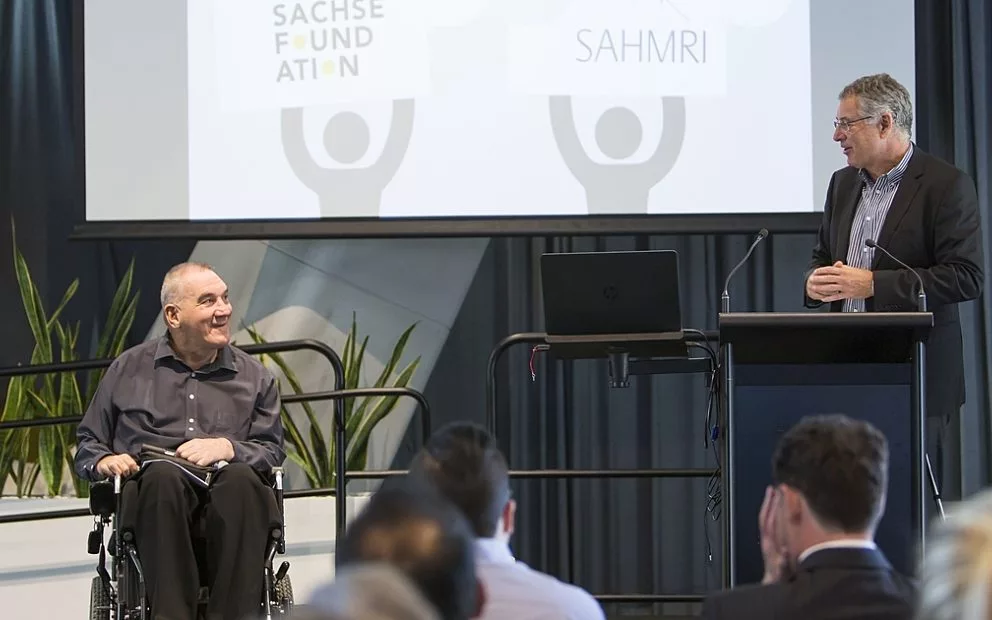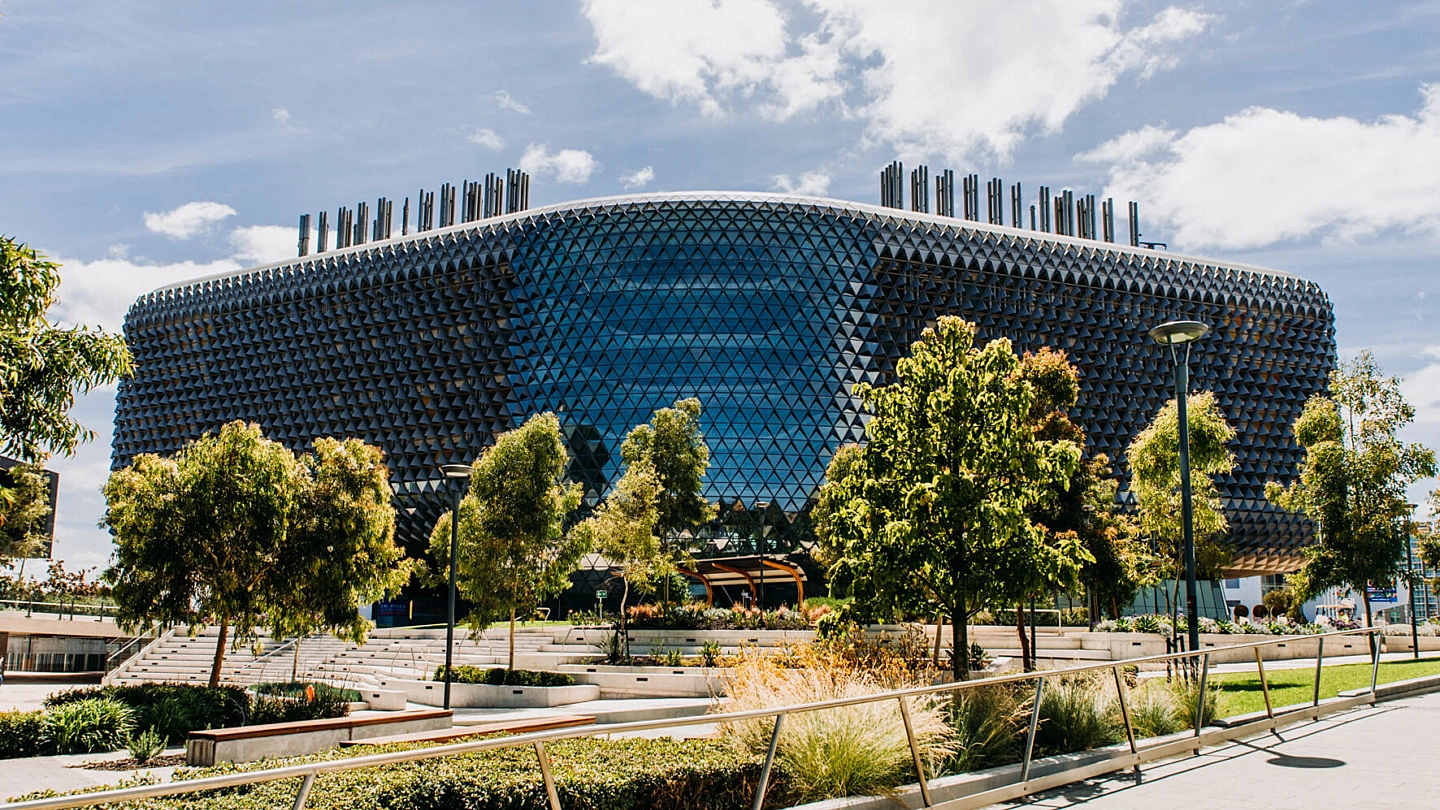A partnership which will help find a cure for spinal cord injury was launched in Adelaide today by the 2017 Australian of the Year, Emeritus Professor Alan Mackay-Sim.
South Australian-based spinal research organisation’s Neil Sachse Foundation (NSF) is combining with the South Australian Health and Medical Research Institute (SAHMRI) on North Terrace in the quest for a cure.
Professor Mackay-Sim says more than 15,000 people in Australia live with spinal cord injury and that tally is added to by a person every day.
The cost to Australia is about $2 billion annually.
“Sixty years ago, Australia was one of the first countries to move away from the idea that spinal cord injuries could not be treated,” he adds.
“This merging of Neil’s organisation with SAHMRI is a vital step on that 60 year journey.”
Established more than 21 years ago by footballer Neil Sachse, the NSF is involved with SAHMRI on ‘Project Discovery’, an endeavour that allows better imaging of the spine using positron emission tomography (PET). This imaging technique produces three-dimensional images by detecting gamma rays emitted by radiopharmaceuticals.
Mr Sachse says that the new PET imaging techniques for the spine are expected to revolutionise the diagnosis and prognosis of spinal cord injury and other spinal pathologies.
“Currently, the assessment of spinal cord injury relies on various archaic methods, which in most circumstances are imprecise and inaccurate, to assess the return of motor or sensory function,” Mr Sachse says.
“The PET imaging technique provides a more accurate diagnosis at the time of injury to assist treatment decisions and a more accurate prognosis for the injury so patient expectations can be better identified. It can also measure functional responses to treatment and provide information for preferred treatments.”
Mr Sachse says that just as importantly, PET can help in clinical trials to measure functional nerve growth and changes to the spinal cord over time.
“By identifying differences in outcomes, researchers will be able to fast track future developments brought about by these findings.”
SAHMRI’s Executive Director, Professor Steve Wesselingh, says SAHMRI is thrilled to be joining forces with the NSF.
“So far, we have seen some incredible work come out of Project Discovery – and this is only the beginning,” Professor Wesselingh adds.
“We are very excited to be collaborating daily with Neil and his team on research that will create a better quality of life for spinal cord injury patients.”
Professor Mackay-Sim emphasised that Australians had to prioritise spending not only to look after the diseased and disabled in our communities but also to afford the research for new and radical treatments that will reduce future health costs.
“Wouldn’t it be great if we could treat spinal cord injury and reduce the cost and the suffering and increase the productivity of all those people with spinal cord injuries?”


